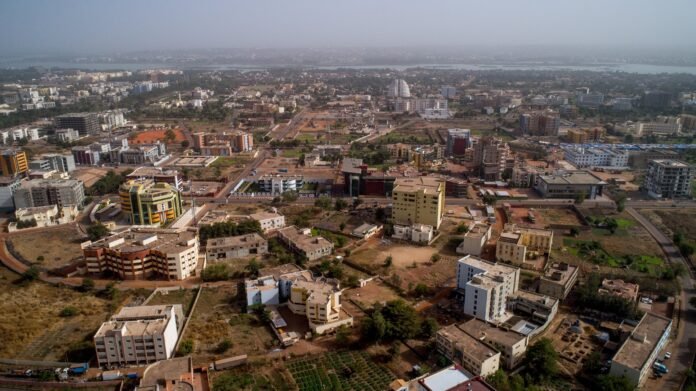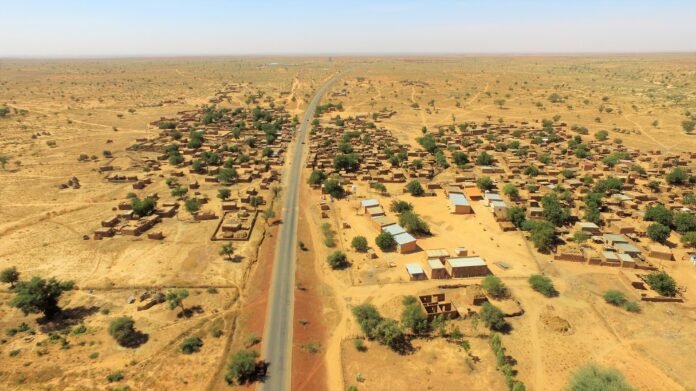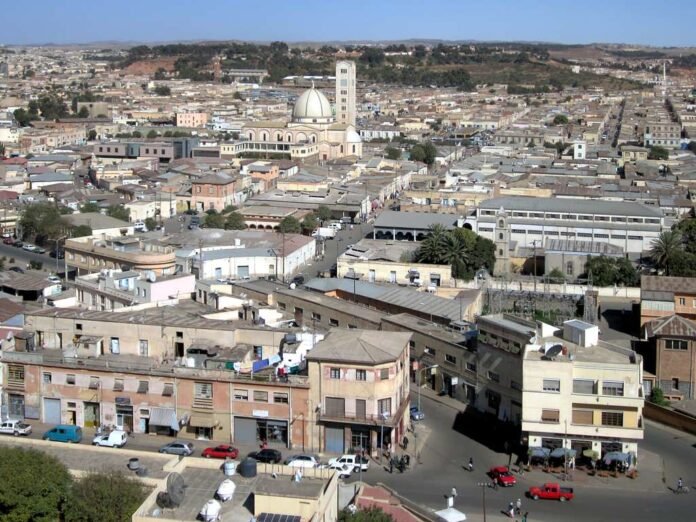Togo’s health insurance landscape comprises a blend of public and private schemes, each playing a distinct role in expanding access to healthcare. Though public insurance dominates the system in terms of scale and policy integration, private insurance offers specialized and supplementary services. This article explores the key similarities and differences between public and private health insurance in Togo.
Similarities
Both public and private health insurance schemes in Togo aim to reduce out-of-pocket healthcare spending and improve access to medical services. They offer coverage for essential healthcare needs such as outpatient consultations, hospitalizations, pharmaceutical services, and minor surgeries. Public schemes like the National Health Insurance Institute (INAM) and Universal Health Insurance (AMU) provide these benefits to civil servants and employees, while private schemes, especially mutual insurance unions, also offer similar services to cooperative members and formal sector employees.
Additionally, both sectors are increasingly focusing on the informal workforce. Public mutual health insurance schemes and private micro-insurance products target rural and low-income populations by offering low-premium, basic packages. Both types of schemes have received support from international development partners, who recognize the importance of increasing health coverage for underserved populations.
Differences
The most prominent difference lies in scale and policy integration. Public health insurance—especially through INAM, AMU, and CNSS—forms the backbone of Togo’s national health policy. The government’s UHI system, governed by Law No. 2021-022, sets ambitious goals of covering 60% of the population by 2025 through compulsory contributions and subsidies for vulnerable groups. These public schemes are part of a regulated, government-funded system aimed at achieving universal health coverage (UHC).
In contrast, private health insurance covers only about 1.3% of the population, mostly among wealthier individuals, corporate employees, and expatriates. Private providers offer more flexibility and faster access to private medical facilities but often at a higher cost. Services can be more comprehensive, including international coverage and medical evacuation—options rarely found in public schemes.
Another key difference is in funding and contribution mechanisms. Public health insurance is largely financed through mandatory payroll deductions (e.g., 10% of salaries under RAMO, with employer-employee cost sharing). Meanwhile, private insurance is often employer-sponsored or paid for directly by individuals, with premiums varying based on risk and coverage level.
Top Public Health Insurances in Togo
Togo, a West African country with a population of over 8 million, has made notable efforts to improve its healthcare system in recent years. While the country’s health insurance infrastructure remains limited compared to more developed nations, it has initiated foundational reforms toward providing universal health coverage. Public health insurance in Togo is mainly state-driven, and as of 2025, there is only one major public health insurance scheme that serves as the backbone of the national healthcare financing system. Below is a detailed overview of this insurance scheme:
1. Institut National d’Assurance Maladie (INAM)(Official Website: https://www.inam.tg)
The Institut National d’Assurance Maladie (INAM) is Togo’s sole and primary public health insurance program, established in 2011. It operates under the supervision of the Ministry of Public Health and aims to provide financial protection against medical expenses for public servants and their dependents.
Cost:
INAM is funded through employer and employee contributions. Public sector employees contribute approximately 3.5% of their gross monthly salary, while the government matches this with a similar contribution. Beneficiaries do not pay direct premiums or copayments for most essential services, although there may be nominal fees for certain specialized treatments or medications not covered under the general package.
Available Services/Coverage Features:
INAM offers a broad range of medical services that include:
- Outpatient consultations
- Inpatient care and surgeries
- Laboratory and diagnostic services
- Maternal and child health services
- Essential pharmaceuticals
- Emergency services
The coverage is structured to promote basic and preventive healthcare services while also supporting critical curative care. However, high-end or specialized treatments like organ transplants or cancer therapy may require additional out-of-pocket payments or referrals to foreign facilities.
Open for All or Limited:
Currently, INAM coverage is limited primarily to public sector employees, including civil servants, military personnel, and teachers. Dependents of enrolled members (spouses and children) are also eligible. As of 2025, there is an ongoing pilot expansion to include informal sector workers and vulnerable populations such as the elderly and disabled, but these initiatives remain in early stages.
Core Financial Features:
INAM functions on a solidarity-based pooling of risks and resources. It employs a third-party payment system, which allows patients to receive care without paying the full cost upfront at accredited healthcare facilities. The reimbursement system ensures that providers are compensated by INAM based on predetermined tariffs. This approach aims to eliminate catastrophic health expenditures and reduce poverty associated with out-of-pocket spending.
Consumer Satisfaction Score:
Despite operational limitations and bureaucratic bottlenecks, INAM generally receives a moderate consumer satisfaction score of 6.8/10. The positive scores reflect appreciation for reduced financial burden and access to basic services. However, criticisms include delayed reimbursements to providers, occasional shortages of medicines, and limited provider choice.
Top Private Health Insurances in Togo
The private health insurance landscape in Togo is still in its developmental stages, serving primarily the urban middle and upper-income populations. While public health coverage through INAM targets government workers, private health insurers offer supplementary and more flexible coverage, often catering to expatriates, private-sector employees, and wealthier individuals. As of 2025, there are three notable private health insurance providers operating in Togo. Below is a detailed review of each:
1. NSIA Assurances Togo(Official Website: https://nsiassurancestogo.com)
Cost:
Premiums vary based on the selected plan, age, and health condition of the insured. On average, monthly premiums range from 20,000 to 100,000 XOF (approximately $30 to $160).
Available Services/Coverage Features:
- General and specialist consultations
- Hospitalization and surgical procedures
- Dental and optical care (on higher-tier plans)
- Maternity and pediatric services
- Access to select international hospitals (for higher-end plans)
Open for All or Limited:
NSIA Assurances is open to individuals, families, and corporate groups, with tailored packages for businesses and NGOs operating in Togo.
Core Financial Features:
Operates on a premium-based model with reimbursement and direct billing at partner clinics. Co-pays and deductibles apply, depending on the service and plan level.
Consumer Satisfaction Score: 7.5/10
Well-rated for claim processing speed, international medical access, and customer service responsiveness, though affordability is a concern for average-income Togolese.
2. OGAR Assurances Togo
Cost:
Monthly premiums typically range from 15,000 to 80,000 XOF ($25 to $130), depending on age and scope of coverage.
Available Services/Coverage Features:
- Inpatient and outpatient care
- Emergency medical evacuation
- Diagnostic tests and imaging
- Dental and vision coverage (optional add-on)
Open for All or Limited:
Primarily targeted at urban residents and the corporate sector, including medium to large enterprises.
Core Financial Features:
Offers flexible plans with tiered benefits. Customers can choose between reimbursement or cashless treatment at partner facilities. Some plans include a health savings component.
Consumer Satisfaction Score: 7.2/10
Praised for ease of access to urban clinics and hospitals. However, rural access and claim disputes occasionally lower satisfaction ratings.
3. SUNU Assurances Vie Togo(Official Website: https://sunu-group.com/en/notrereseau/filiales/tg)
Cost:
Plans range from 10,000 to 70,000 XOF/month ($16 to $115), with family packages offering modest discounts.
Available Services/Coverage Features:
- Hospitalization and surgeries
- Maternity coverage
- Life insurance with optional health rider
- Preventive check-ups
- Limited international coverage in West Africa
Open for All or Limited:
Open to individuals and families, with a strong emphasis on life and health bundle packages.
Core Financial Features:
Combines insurance with savings/investment components. Policyholders can access partial refunds or payouts under life-plus-health plans.
Consumer Satisfaction Score: 7.0/10
Highly rated for long-term investment security and bundled benefits. Some users find the claims processing slow for medical reimbursements.
READ MORE: Private and public health insurance of Angola (Make informed choices)


